The confrontation not only reflects a growing protectionist trend, but also potentially disrupts global supply chains and threatens world economic growth.
From any jar love trade arrive edge painting war comb US - China
The trade conflict between the US and China is the result of decades of economic tensions that have built up, reflecting shifts in the global production structure and China's growing role in the world supply chain.
From the 1980s to the early 2000s, American corporations massively moved their production facilities abroad to take advantage of low labor costs and favorable production environments in East Asia, especially China. Thanks to its large population, abundant labor force and rapidly developing industrial infrastructure, China became the “factory of the world”.
By the 2000s, however, Washington began to express discontent with Beijing’s economic and monetary policies, particularly accusations that China was keeping the yuan undervalued to boost exports. Although the currency strengthened somewhat in the following decade, the US trade deficit with China remained in the hundreds of billions of dollars a year, increasing tensions in bilateral relations.

The new round of confrontation began in 2018, when the Trump administration imposed a series of tariffs and trade barriers aimed at forcing China to change practices that the US considered unfair, from industrial subsidies to intellectual property violations.
A “Phase One” deal signed in 2019, in which China pledged to buy more American goods, temporarily eased tensions. But disagreements over technology, investment and industrial policy have simmered, laying the groundwork for a deeper structural rivalry between the world’s two largest economies.
After Donald Trump returned to the White House in January 2025, Washington quickly restarted the trade war. By mid-year, the US imposed a 145% tariff on Chinese goods, while Beijing responded with a 125% tariff. The escalating tensions caused strong volatility in global markets and threatened high-tech supply chains.
By May 2025, the two sides reached a “Geneva trade truce” in which the US reduced tariffs to 30% on most Chinese goods, while Beijing reduced tariffs to 10% and agreed to temporarily suspend rare earth export controls – a move seen as a strategic concession to temporarily cool tensions.
The rare earth war has become a new round of confrontation between the two superpowers. The conflict quickly flared up again when China issued comprehensive export control regulations on rare earth elements, a group of strategic materials used in the production of semiconductors, electric vehicles and defense technology.
Beijing insists this is a national security measure, but observers see it as a direct response to Washington's tightening of export controls on chips and advanced semiconductor equipment to Chinese businesses.
Under new rules from China’s Ministry of Commerce, all companies, both domestic and foreign, must seek approval before exporting products containing more than 0.1% rare earth elements by value. The policy is expected to disrupt the global technology supply chain and shows that Beijing is increasingly using strategic resources as a geo-economic bargaining tool in its relations with the United States.
Risk ro orchid wide from life war tax mandarin
China’s move to control rare earth exports has drawn a sharp reaction from Washington. On October 10, President Donald Trump announced an additional 100% tariff on Chinese goods, effective November 1. Combined with previous measures, the total import tax that the US has imposed on Chinese goods is about 130%, nearly equivalent to the peak level in 2024.
The White House said the decision was a response to Beijing’s “extremely aggressive export controls.” Trump had previously warned of the possibility of imposing 100% tariffs and an export ban in response to China’s move.
China’s Ministry of Commerce quickly protested, accusing the US of “applying double standards” and “abusing the concept of national security” to justify unilateral measures. Beijing argued that Washington has long used export controls and “extraterritorial jurisdiction” measures to restrict Chinese goods, while China itself maintains a list of only about 900 controlled items, compared to more than 3,000 US items.
Both countries are now eyeing export controls as a bargaining chip in upcoming rounds of talks. However, the possibility of holding a US-China summit remains open, with Mr. Trump hinting at the possibility of canceling it if tensions continue to escalate.
Just days after the announcement of the new tariffs, Washington’s tone softened somewhat. President Trump said that “the United States wants to help China, not hurt it,” signaling a reconciliation after a period of tense confrontation. The statement temporarily stabilized financial markets, as US stock indexes recovered from an earlier drop of nearly 3%, while the cryptocurrency market remained volatile, causing hundreds of billions of dollars in losses for investors.
However, the core issues in the bilateral economic relationship remain unresolved. Disruption of rare earth supplies from China could have a knock-on effect on the global semiconductor industry, where the US is trying to revive domestic production. Conversely, blocking imports from China would increase inflationary pressures in the US and force China to seek alternative outputs, potentially leading to dumping in other markets, especially in Europe, where industries are already under great competitive pressure.
Overall, both economies will suffer, but the US may suffer more in the short term due to its high dependence on cheap Chinese imports. Meanwhile, while China still counts the US as an important trading partner, it has diversified its export markets over the past decade, significantly reducing the risk of bilateral tensions.
While the world's two largest economies are both resilient, a new cycle of escalating protectionism is likely to lead to a global recession, as international trade and supply chains are deeply disrupted.
Source: https://congluan.vn/cang-thang-thuong-mai-my-trung-buoc-vao-chu-ky-doi-dau-moi-10316505.html



![[Photo] Opening of the 14th Conference of the 13th Party Central Committee](https://vphoto.vietnam.vn/thumb/1200x675/vietnam/resource/IMAGE/2025/11/05/1762310995216_a5-bnd-5742-5255-jpg.webp)




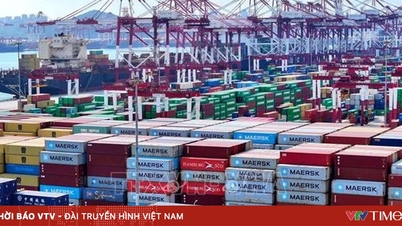


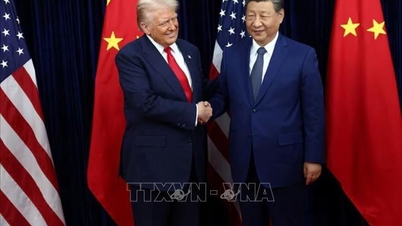

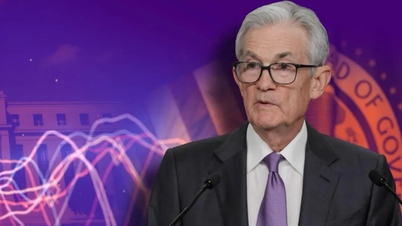









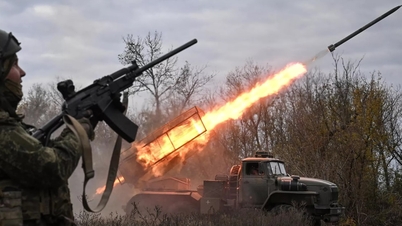






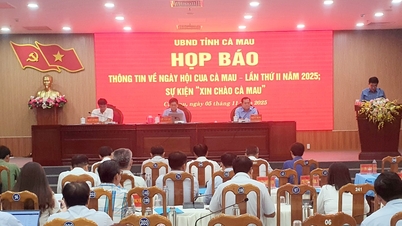


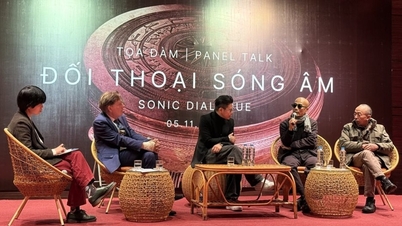


![[Photo] Panorama of the Patriotic Emulation Congress of Nhan Dan Newspaper for the period 2025-2030](https://vphoto.vietnam.vn/thumb/1200x675/vietnam/resource/IMAGE/2025/11/04/1762252775462_ndo_br_dhthiduayeuncbaond-6125-jpg.webp)


































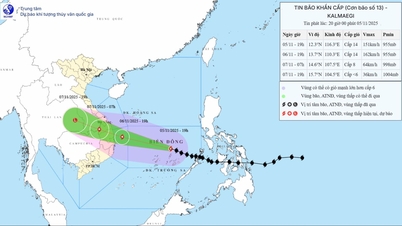

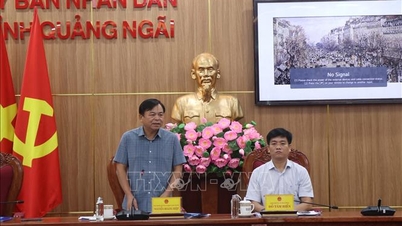










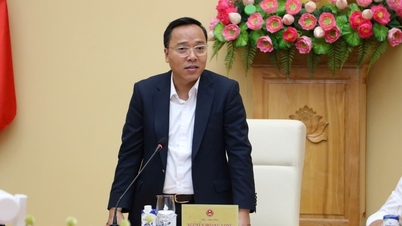


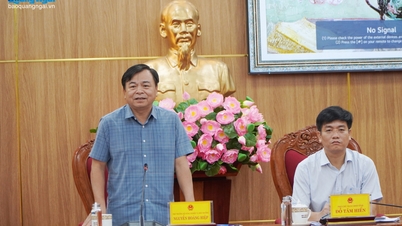





















Comment (0)